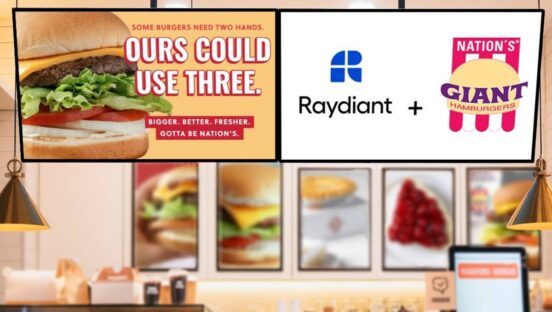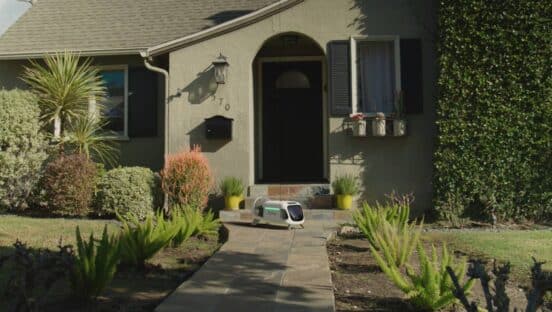Everybody in the industry knows that apart from the food and the meal service, the checkout process is one of the most crucial aspects of running a restaurant. No matter how good your food and staff are, an inefficient checkout process can hurt your reputation big time.
Modern-day restaurateurs know that payment processors are more of a utility than an option nowadays. If you need more proof, take a look at your wallet. How much cash are you carrying with you? Not a lot, right?
The Basics of Restaurant Payment Processing
It doesn’t matter if you’re a newcomer or an established name in the business; providing your patrons with a fast and pleasant checkout experience is an excellent way to earn their loyalty.
Before your restaurant can offer multiple payment options though, you need to find and partner with a payment processor, or what is known in the payment processing sphere as an “acquirer.” Think of acquirers as the middlemen between, you, your issuing bank, and the credit card network. They are responsible for clearing and routing the payments to your account.
Once you find a payment processing company you feel safe and comfortable working with, everything else is pretty straightforward. Typically, it takes less than three days to process your application and another week or so to set things up and test the system.
Partnering with a payment processor presents plenty of great benefits, but one of the most important is the protection they provide. In case a fraudulent transaction occurs and affects your restaurant’s financial security, the acquirer assumes the risk and responsibility.
But what’s the catch?
Well, as with most things, there’s a price to pay—and it’s not cheap. Companies won’t just hand you the tools you need to process card and digital payments for free. Every cashless transaction you perform is charged with a fee that’s anywhere between 1–4 percent of the transaction value.
Common Payment Processing Methods You Need to Know
POS technology and cashless payment processing systems have grown beyond debit and credit cards. When businesses began to realize that people prefer to pay with cards instead of cash, smarter payment solutions emerged, offering consumers better service and security features.
Admit it; when you hear the word credit card, you still associate payment with the traditional “swiping” motion because credit card payments were done that way for so long. However, after countless cases of credit card fraud, it was time to make way for a new secure card processing method.
Thankfully, EMV chips were developed and in effect raised the bar which set a new standard for card payment security. The EMV chip limits the amount of data shared during a transaction so that when you insert the card in the terminal, confidential account information is kept private. EMV-enabled and PCI compliant payment processing systems ensure that your customer’s data is safe from hackers and scammers.
However, if paying with credit and debit cards isn’t an option for some of your customers, there is always contactless payment. The idea of transacting without having to hand over their cards is such a hit with consumers. If you haven’t already upgraded your restaurant’s POS system to support contactless payments, then you better think about doing it—soon.
How to Choose the Best Payment Processor for Your Restaurant
If you think choosing a processor for your restaurant is a walk in the park, then you better brace yourself. Though there are many companies to choose from, remember that each of them has something different to bring to the table. Adding to the confusion is the varying rates and terms they offer, which you also need to weigh against each other.
If your restaurant has an existing POS system, then the most logical move is to pick an acquirer that’s compatible with your point-of-sale. It’s good to have options, so don’t just pick one and go with it. Consider at least three different companies and discuss them with fellow businesspeople or restauranteurs, if possible.
Also, don’t forget that you can always consult Google or go online if there’s anything you need to know more about or don’t understand. Reviews and comments on social media platforms are a source of valuable insight when deliberating your choices.
Improve Restaurant Performance with Enhanced POS and Payment Processing System
It’s normal for a restaurant owner to have reservations about investing in card and digital payment processing systems. You can always opt to get paid in cash, after all. But, here’s the thing; you are operating a business in an increasingly cashless society, therefore staying competitive means embracing advancements that can leverage the way you run and manage your restaurant.
Despite the hefty initial costs, investing in an updated restaurant POS system and embracing smart payment features have benefits that go beyond merely enhancing your payment processing strategy.
These tools streamline processes so that business operations are faster, smoother, and more convenient for everyone involved. And in our opinion, anything that contributes to a great customer dining experience is a worthy investment.












